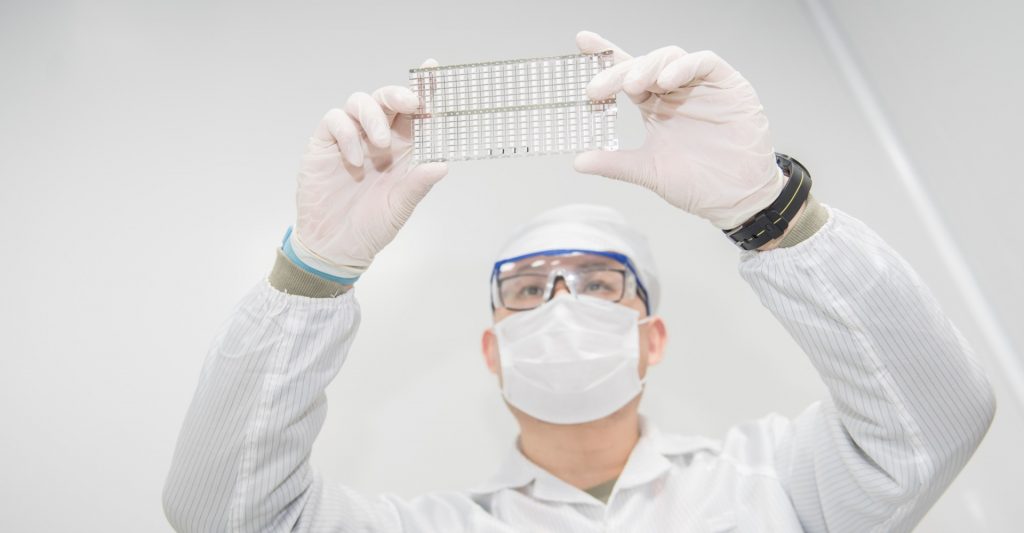In the previous article, we give a brief introduction over the history of LED, the main procedures of LED packaging and the raw materials used in LED packaging. Today, we will look deep into the the 5 main components and materials, including the LED frames, LED chips, die attach glues, bonding wires, encapsulation glues being used in LED packaging, and give detailed description about their features, types, specifications. Now let’s proceed to the details.

LED frames are the metal bracket for LED chips, which provide electric connections to power supplies and mechanical support for the LED chips. They’re the foundations of LEDs.
LED frames are generally made of copper (there are also iron, aluminum and ceramic, etc.), because copper has good conductivity. There will be leads inside it to connect the electrodes inside the LEDs. After the LED are packaged, the LEDs can be removed from the bracket. The copper feet at both ends of the LEDs become the positive and negative poles, which can be welded and connected to make LED lighting, or LED displays, or other LED products.
LED frames can be categorized in different ways.

LED package – copper LED frame
Note: UINCH (micro inch/mile) is a unit, 1U’≈0.0254um

BT substrate in LED packaging
LED chip, also known as LED light-emitting chip, is a solid-state semiconductor device and the core component of LED display device, which refers to P-N junction. Its main function is to convert electricity into light. The main material of the chip is monocrystalline silicon. An LED chip consists of two parts, one is a P-type semiconductor, in which holes dominate, and the other end is an N-type semiconductor, which is mainly electrons. But when these two semiconductors are connected, a P-N junction is formed between them. When current goes through the LED chip, electrons will be pushed to the P region, where electrons and holes recombine, and then they will emit energy in the form of photons. This is the principle of the light emission of an LED.
LED chips are usually labeled with the following parameters.
Type:product series
WLD: main wavelength (in nm)
LV: brightness (in mcd or mW)
VF: working voltage (in V)
And these parameters usually have 4 values, Min for the minimum value, Avg for the average value, Max for the maximum value, and Std for the standard deviation.
According to color, LED chips can be categorized into red (R), green (G), and blue (B) LED chips, with wavelength respectively ranging from 620nm to 760nm, from 492nm to 577nm, and from 435nm to 480nm;
According to the chip arrangement, LED chips can be categorized into round LED chips and square LED chips;
According to the chip structure, LED chips can be divided into vertical structure (single electrode) and horizontal structure (double electrode);
According to the size, LED chips can be mainly divided into red light 3.2mil, 3.5mil, 4.2mil, and blue-green light 4*5mil, 4*6mil, 5*6mil, 8*10mil, etc.
Note: mil is a length unit, 1mil≈25.4um.